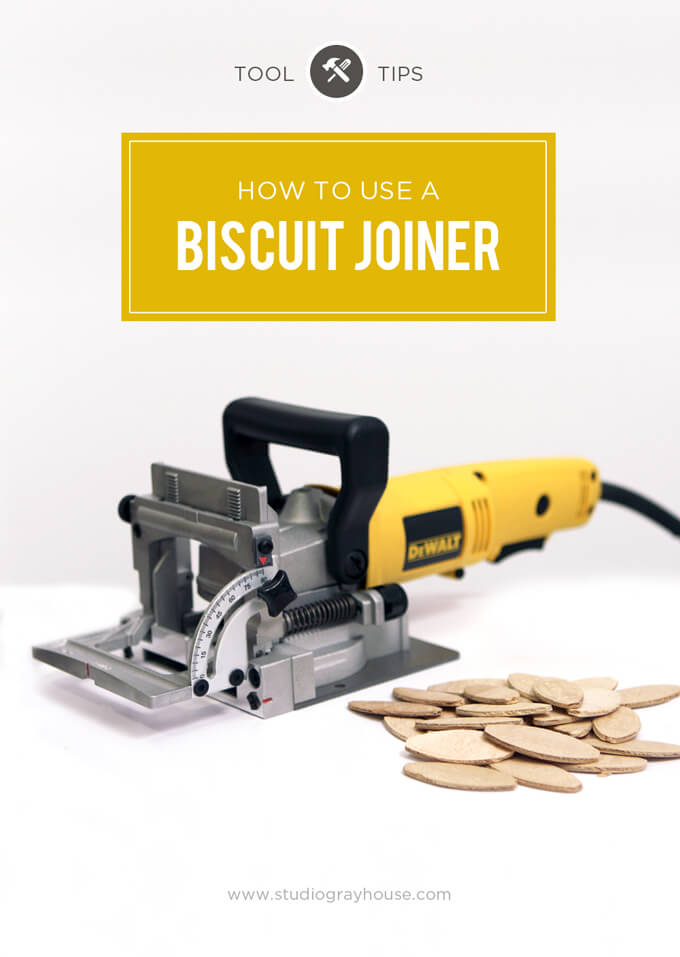Top Guidelines Of "Biscuit Joiner vs Other Wood Joining Techniques: Which is Best?"

A biscuit joint is a woodworking technique that entails utilizing a joiner to cut suit ports in two items of timber, and then gluing them all together along with a slim, oval-shaped part of hardwood called a cookie. This method is typically made use of in furniture making, cabinetry, and other woodworking ventures where sturdy, unseen joints are required.
If you're new to this approach or you're appearing for methods to boost your biscuit junctions, this step-by-step overview are going to help you create ideal biscuit junctions every time.
Measure 1: Decide on the Right Size Cookies
Before you begin reducing ports along with your joiner, it's necessary to choose the right measurements cookies. Cookies happen in various sizes varying coming from #0 to #20. The size of the cookies you pick will rely on the density of your panels and the distance of your ports.
As a basic guideline, #0 cookies are well suited for thinner panels while larger cookies like #10 or #20 are far better for more thick boards. It's additionally necessary to select cookies that match snugly in the slots. If they're as well loosened or also tight, they will certainlyn't develop a sturdy junction.
Step 2: Established Up Your Joiner
Once you've chosen the best size biscuits for your task, it's time to prepared up your joiner. Start through changing the fence so that it's matching to the blades. This will make sure that each ports are cut at the very same perspective and depth.
Next off, change the height of the blades so that they're flush with the best of your board. You don't want them cutting also deep in to your board or not deeper sufficient.

Measure 3: Reduced Your Ports
With your joiner established up appropriately, it's time to start reducing your ports. Begin by marking where you desire each port to be on both boards using a pencil or marking blade.
At that point place one board flat on your work surface area and use the joiner to reduced a slot on one end of the panel. Repeat This Site on the other panel.
It's essential to create sure that both ports are cut at the same depth and perspective. You can easily perform this by utilizing a depth scale or by producing examination cuts on junk hardwood until you receive the correct deepness.
Action 4: Insert Your Biscuits
Once your ports are cut, it's opportunity to place your biscuits. Administer a thin level of glue to the inside of each slot, then put your cookie into one of the ports.
Help make sure that it's placed all the way and that it accommodates comfortably. Redo this method with the other cookie and slot.
Step 5: Brace Your Boards With each other
With each cookies inserted, it's time to clamp your boards with each other. Use a little amount of adhesive along each edges of one panel, at that point put the other panel on leading.
Make sure that they're edged up appropriately and utilize clamps to hold them in place while the adhesive dries out. Clean away any sort of excess glue with a damp towel before it dries out.
Measure 6: Fine sand and Finish Your Junction
Once your joint is dry out, clear away the clamps and sand away any kind of excess adhesive or harsh areas on your joint. You can additionally end up your joint along with blemish or paint if preferred.
Congratulations! You've efficiently produced a powerful, unseen joint using biscuit joinery. With technique, you'll be capable to generate best cookie junctions every time for all of your woodworking tasks.
